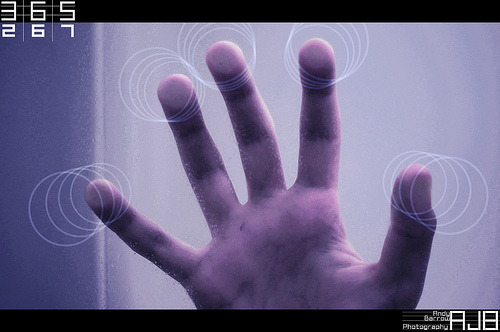
The Department of Homeland Security seems to be developing technologies reminiscent of the pre-crime unit depicted in Phillip K. Dick’s “Minority Report”.
The department’s so-called “FAST” project — which stands for Future Attribute Screening Technology — aims at nothing less than screening people for malign intent: for crimes they have not yet committed.
As the homepage for the FAST project describes, non-invasive sensors will be used to scan people for indications of bad thoughts. Currently, these indicators factor in posture, gait, thermal imaging of the face and changes in vocal tension while speaking, but might be extended to include other things, such as pheromones.
The Department explains their project, and its mobile unit, in a youTube Video:
DHS FAST screening unit
Concerns about the new technology are widespread, as expressed in this ComputerWorld article on FAST. With an accuracy rate of 70%, the technology seems far from perfect. Especially since a “false positive” might have very serious consequences for individuals concerned.
And this is a scenario that seems more than likely, according to scientists quoted by Nature magazine. The indicators for pre-crime are less unique than one might think; a heightened heart rate and sweaty palms, for example, might just as well be caused by an acute fear of flying.
Another concern relates to the privacy of the data being collected. While there is a document outlining the privacy impact and privacy protection measures of the FAST program, the disclaimer that use of the data will be “limited according to the individual’s need to know the information to perform their duties” leaves a lot of room for interpretation.
And all of this rises into another dimension of worry if one considers the project’s emphasis on non-invasive sensors. In the future, this means that FAST (or similar) checkpoints could be integrated into the structure of buildings so as to be practically invisible while catching you thinking bad thoughts.

